
Grades:
3rd Grade, 4th Grade, 5th Grade, 6th Grade
Students discover kite-making in this hands-on lesson! They create a kite with a variety of materials and test out the final product. This lesson can be adapted to fit different grade levels.
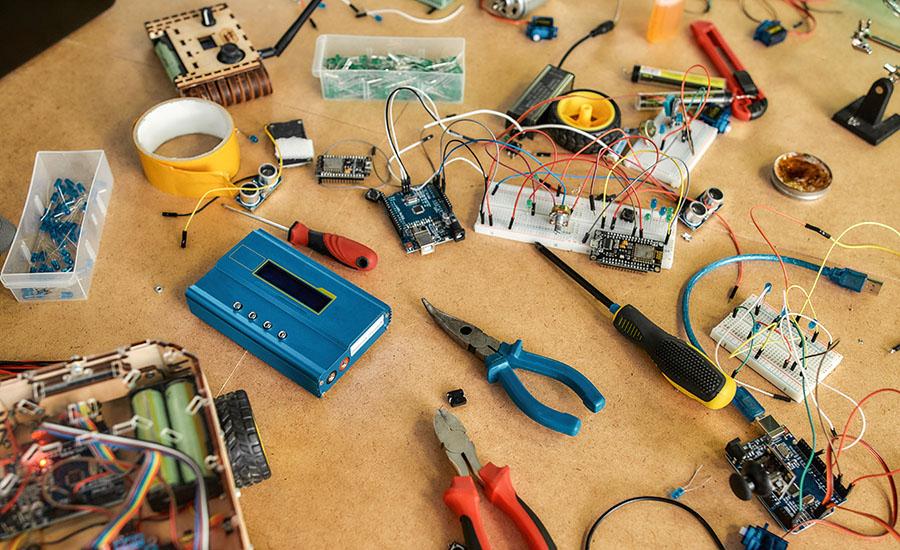
Grades:
5th Grade
Students will view and create examples of energy transfer in this activity that explores chain reactions. Students will summarize their learning and draw a model of their results.
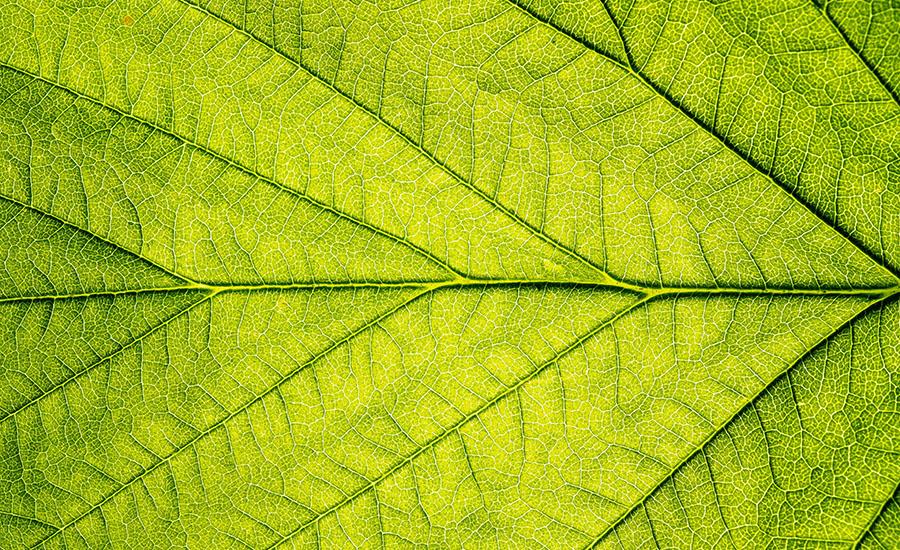
Grades:
6th Grade, 7th Grade, 8th Grade, 9th Grade
This lesson is part of a school-wide project to renovate a greenhouse and create a native seed library. This lesson is intended to create intrinsic motivation to engage in the project. This lesson

Grades:
6th Grade
Understand and implement the steps of the Design Thinking Process. Students will also be using their knowledge of energy to design a balloon-powered car that travels the farthest.

Grades:
5th Grade
In this lesson students are going to learn that our solar system is part of many galaxies within our universe. The materials needed are paper plates, color pencils, scissors, paper, pencils, and iPad
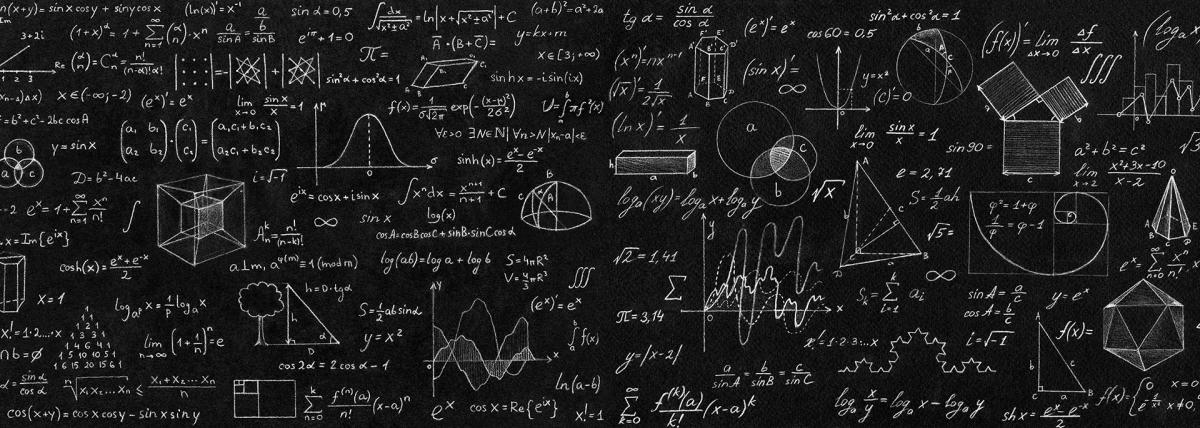
Grades:
6th Grade
A mixture of 5E lessons on Nearpod and an accompanying hands-on activity to help students see that gravity works at a distance and is affected by mass. Students will be writing a conclusion based on

Grades:
1st Grade
In this lesson, students will watch seeds grow on a damp sponge by measuring, journaling and observing. They will observe how the roots and shoots grow.

Grades:
10th Grade, 11th Grade, 12th Grade
This lesson involves students calculating the density of various objects of differing sizes of the same substance. Each student group will need a balance, a ruler, and/or a graduated cylinder. They

Grades:
7th Grade
This is Task 4 (Lesson 4) of four tasks (lessons) of an overall project of “Escaping 7th Grade Science Room." Students will construct a marshmallow device to propel marshmallows at force and collect

Grades:
8th Grade
Students code robots to match different distance time graphs. For each graph the teacher stamps their paper and they move on to the next more difficult one. Students will be able to replicate the

Grades:
5th Grade, 6th Grade, 7th Grade, 8th Grade
Students learn how to identify the 3 axes an aircraft uses while in flight in this lesson. They learn key vocabulary and construct a model airplane to develop further understanding of flight!

Grades:
6th Grade
To demonstrate their understanding of how energy is passed throughout an ecosystem and the symbiotic relationships of organisms within an ecosystem, students construct a food web marble run. This

Grades:
6th Grade
In this 1-day lesson, students are challenged to collaborate with their teams to create a plan and use PVC halves to transport 1 golf ball 75 feet without touching the ball or allowing the ball to

Grades:
7th Grade
This is Task 1 (Lesson 1) of four tasks (lessons) of an overall project of “Escaping 7th Grade Science Room.” Students will be constructing a mini zip-line after reviewing concepts. Students will

Grades:
8th Grade, 9th Grade, 10th Grade, 11th Grade, 12th Grade
This lesson is designed to allow students the experience to move from an additive understanding in mathematics to a multiplicative understanding through this activity called Cootie Catcher. The

Grades:
1st Grade
In this hands-on lesson, students use the engineering design process to create a balloon powered car that travels at least 5 feet. This is a fun and engaging way for students to experience science in

Grades:
6th Grade, 7th Grade, 8th Grade
In this engaging lesson, students will complete a Digital Hieroglyphics escape room. They will also learn how early written language was a form of coding, in that, early civilizations communicated via

Grades:
6th Grade
Students will use a Scratch template to make a model of the seasons, one from a view above the ecliptic, one to the side of the ecliptic and then a distance-time graph. Students will be using their

Grades:
6th Grade
In this hands-on lesson, students will construct a paper windmill. They put it to the test by using a fan to see how their fan holds up to the wind. This is a great way to cover science, engineering

Grades:
6th Grade
Students explore the limiting factors of yeast over 2-3 days. The materials needed are yeast, sugar, water, ice, tea kettle, empty soda or water bottles, balloons, graduated cylinder, string, ruler
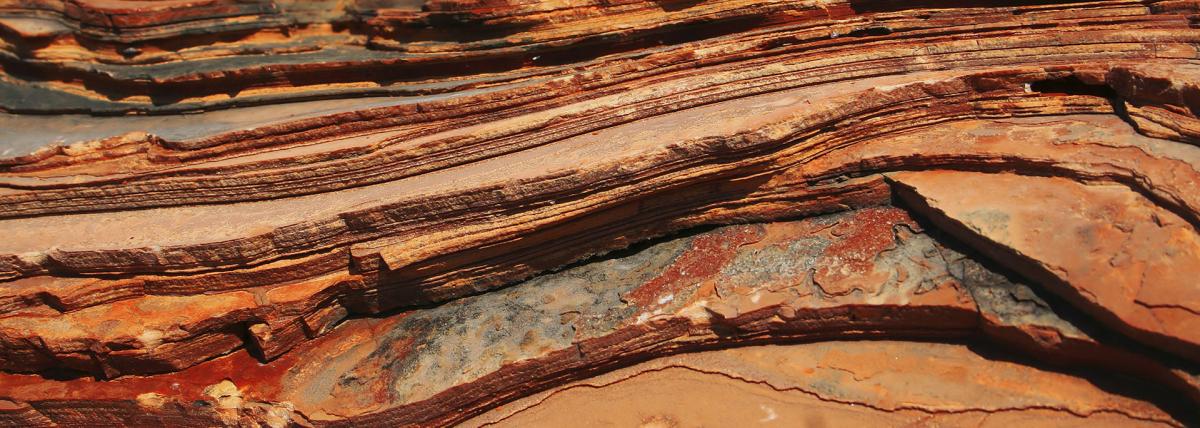
Grades:
5th Grade
In this lesson, students will be able to analyze and communicate evidence of the effects of balanced and unbalanced forces on the motion of objects. They conduct research to provide evidence of the
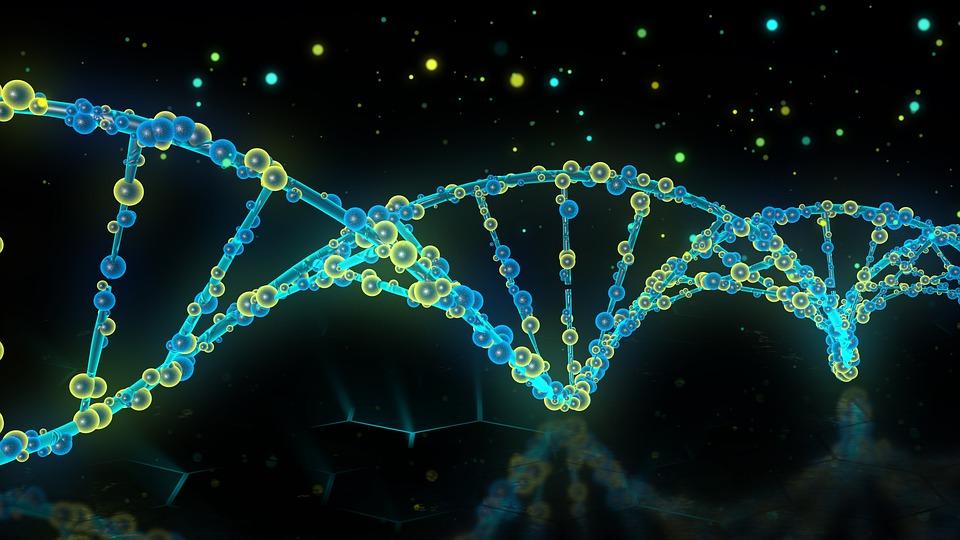
Grades:
5th Grade
For this 90 minute lesson students are going to watch an introductory video about how we inherit features and then they will do research on a website. In the project they will fill out a survey

Grades:
9th Grade, 10th Grade, 11th Grade, 12th Grade
Using the Introduction to Hydroponics lab, introduce students to the features of the Hydroponic Systems. Students will explore the different types of grow mediums and grow lights used in the systems
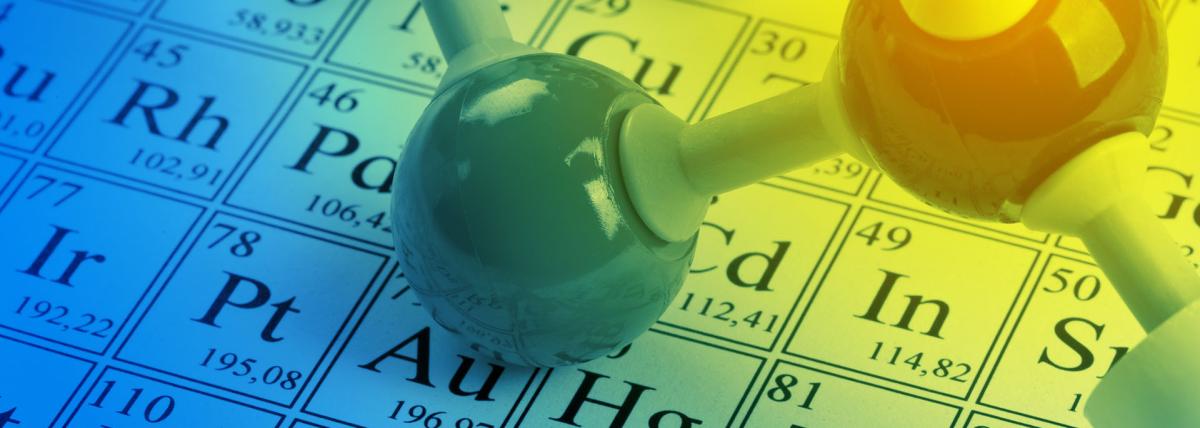
Grades:
2nd Grade, 5th Grade, 6th Grade, 8th Grade
This can be taught at different grade levels, diving deeper when possible. Just delete what you don’t need. Students will be creating their own crystal by following the scientific method, collecting


